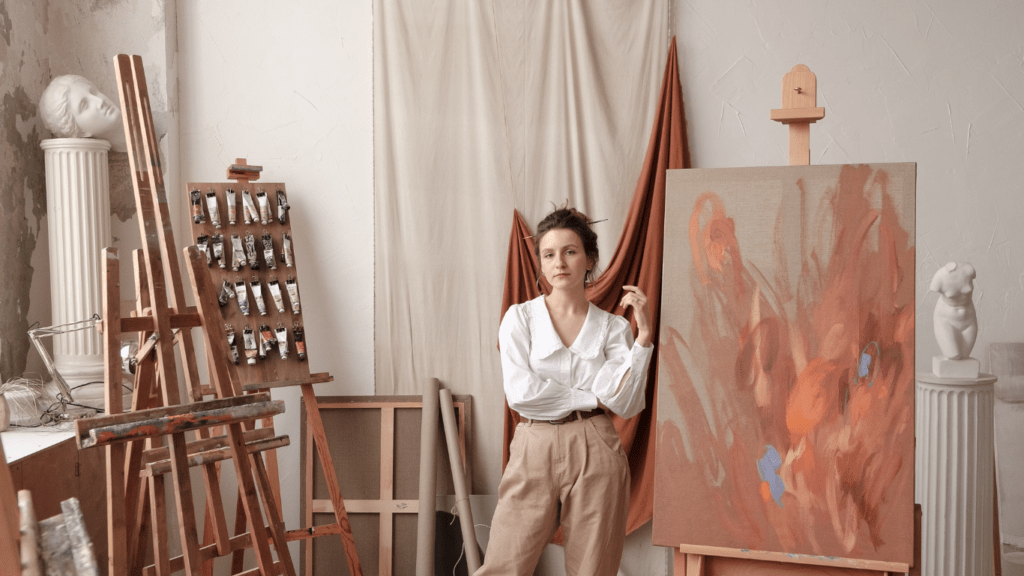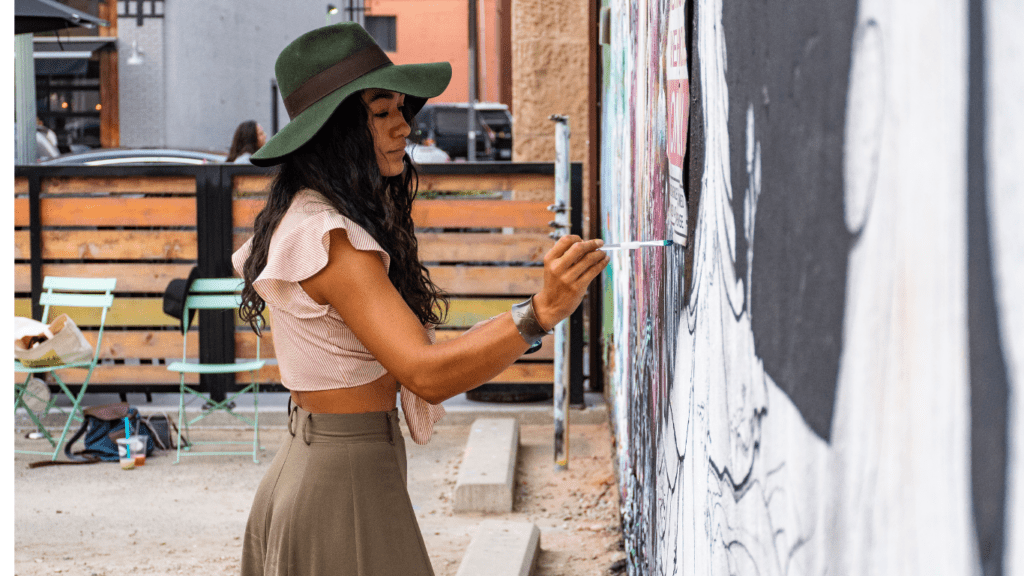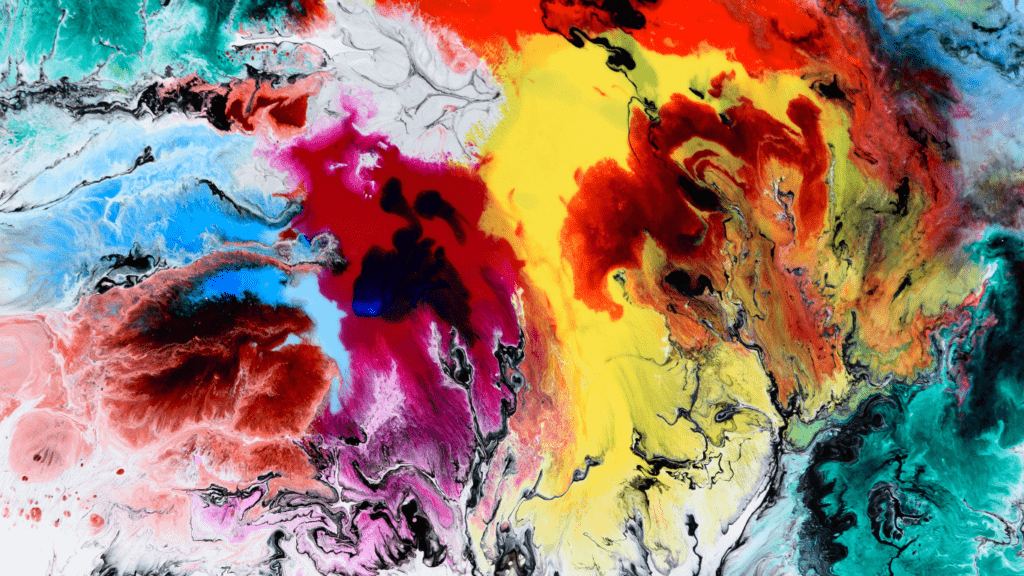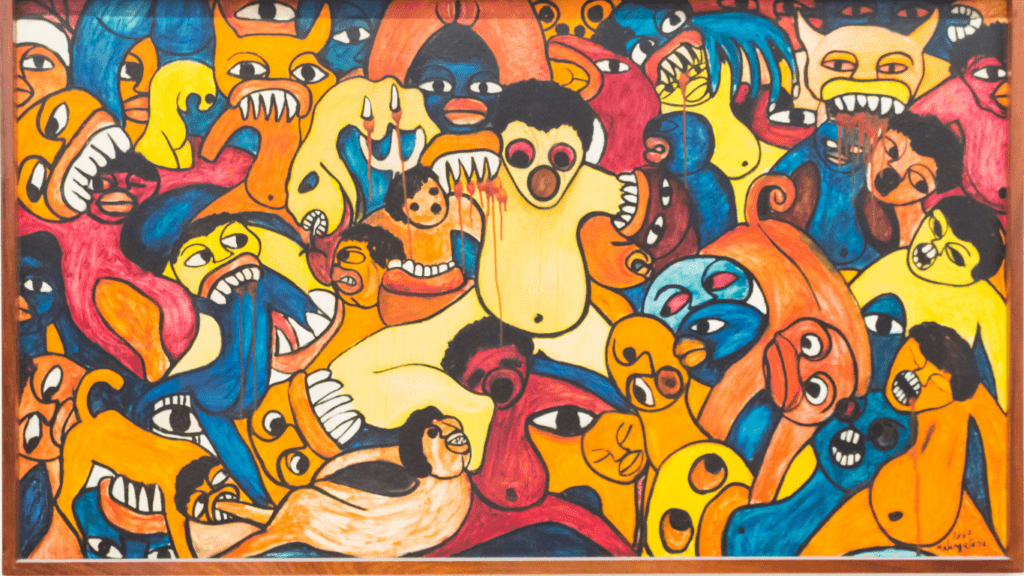Role of Women in Abstract Expressionism
Women played a crucial role in the Abstract Expressionism movement. Their contributions added depth and diversity to the artistic landscape of the mid-20th century.
Historical Context
Abstract Expressionism emerged in the late 1940s and 1950s, primarily in New York. Although male artists like Jackson Pollock and Mark Rothko dominated the scene, many women made substantial contributions. These women faced societal barriers, including gender discrimination and limited opportunities. Despite this, their work gained recognition, albeit often posthumously, showcasing their resilience and talent.
Influential Female Artists
- Multiple women stepped into the spotlight through their compelling artworks.
- Lee Krasner, known for her dynamic compositions, contributed significantly to the movement and influenced her husband Jackson Pollock.
- Helen Frankenthaler developed the “soak-stain” technique, which revolutionized color field painting and impacted many subsequent artists.
- Elaine de Kooning, who experimented with gestural abstraction, balanced her career and her marriage to Willem de Kooning.
- Grace Hartigan, whose works blended abstraction with figuration, became a crucial figure in modern American art.
Each of these women brought unique styles and methods, enriching the Abstract Expressionism movement.
Notable Female Abstract Expressionists

The women of Abstract Expressionism significantly shaped the movement, offering fresh perspectives and innovative techniques. Their works stand out for their boldness and emotional depth.
Helen Frankenthaler
Helen Frankenthaler revolutionized the movement with her Color Field painting technique. By pouring thinned paint onto unprimed canvas, she created large, luminous areas of color. One of her landmark pieces, “Mountains and Sea” (1952), exhibits this pioneering method. Critics and peers recognized her style for its spontaneity and lyrical abstraction.
Lee Krasner
Lee Krasner, married to Jackson Pollock, forged an individual path within Abstract Expressionism. Renowned for her collage-based works and energetic compositions, she integrated diverse influences. Her piece “The Seasons” (1957) highlights her mastery of form and color, blending organic and geometric shapes in a dynamic visual language.
Joan Mitchell
Joan Mitchell’s works pulsate with intense emotion and vivid color. As a second-generation Abstract Expressionist, she embraced the movement’s principles yet developed a distinct approach. Paintings like “Untitled” (1960) feature vigorous brushstrokes and layered textures, capturing feelings of joy and sorrow. Her legacy remains influential, with her works featured in major museums.
Grace Hartigan
Grace Hartigan merged abstract techniques with figurative elements, creating a unique artistic voice. Known for her dynamic compositions and bold color choices, she often drew inspiration from:
- literature
- mythology
- contemporary culture.
“The King Is Dead” (1951) exemplifies her ability to blend abstraction and representation seamlessly, embodying both movement and narrative. These women artists brought a diverse range of styles and techniques to Abstract Expressionism, enriching the movement and paving the way for future generations.
Themes and Styles
Female Abstract Expressionists brought unique themes and styles to the movement, inspiring new interpretations and expressing profound emotional depth.
Common Motifs
Abstract Expressionism often included motifs of nature, inner turmoil, and spirituality. Nature appeared in Joan Mitchell’s vibrant landscapes and Lee Krasner’s organic forms. Helen Frankenthaler’s Color Field paintings often reflected abstract representations of natural elements. Inner turmoil was explored through emotive brushwork and intense color schemes. Spirituality found its place in works that exuded a sense of transcendence and introspection, such as those by Elaine de Kooning.
Techniques and Mediums
These women used various innovative techniques and mediums. Helen Frankenthaler popularized the soak-stain technique, pouring diluted paints onto unprimed canvas to create ethereal landscapes. Lee Krasner’s collage method integrated scraps of her earlier works to produce layered compositions. Joan Mitchell employed gestural brushstrokes to convey raw emotion. Grace Hartigan blended abstraction and figuration, using both oil and acrylic paints for different textural effects. Their diverse approaches not only set them apart but also enriched the Abstract Expressionism movement as a whole.
Impact on Art and Society
Women in Abstract Expressionism challenged societal norms and significantly impacted both art and culture.
Breaking Gender Norms
Female Abstract Expressionists broke through male-dominated art circles and claimed their space. Artists like Lee Krasner and Elaine de Kooning didn’t just share studio spaces with their male counterparts; they competed in the same exhibits. Krasner’s inclusion in the prestigious Ninth Street Show in 1951 highlighted her caliber, placing her work alongside luminaries like Jackson Pollock. These women didn’t conform to traditional gender roles in the art world. They produced large-scale works, defying expectations that women should create smaller, less impactful pieces. Their assertive techniques and bold themes questioned the prevailing notion of what female artists could achieve, setting new standards in the art community.
Legacy and Influence
The legacy of female Abstract Expressionists profoundly shapes contemporary art. Helen Frankenthaler’s soak-stain technique influenced generations of Color Field painters. Joan Mitchell’s gestural brushstrokes became a reference point for expressive abstraction. Their works are featured in major museums and galleries, inspiring current and future artists. Students and art historians study their innovative methods and impactful narratives, ensuring their contributions remain integral to art history. These women not only enriched Abstract Expressionism but also paved the way for future female artists to explore new boundaries within contemporary art.
Exhibitions and Recognition
Female Abstract Expressionists gained prominence through significant exhibitions and critical approval spotlighting their work.
Major Exhibitions
Several key exhibitions have celebrated women in Abstract Expressionism. In 1951, the “Ninth Street Show” in New York included Lee Krasner, Joan Mitchell, and other pioneering women. This groundbreaking exhibit marked the first major recognition for many female artists in the movement. The Denver Art Museum’s 2016 exhibition “Women of Abstract Expressionism” further highlighted the contributions of female artists like Helen Frankenthaler and Grace Hartigan, offering a comprehensive view of their artwork. Such exhibitions played an essential role in cementing the legacy of these artists.
Critical Reception
Although it took time, critics eventually acknowledged the talents of female Abstract Expressionists. During the 1950s and 1960s, reviewers often overlooked women, focusing on their male counterparts. However, by the 1970s, critics began revising historical narratives, recognizing the significant contributions of women like Elaine de Kooning. Modern art critics now frequently praise the inventive techniques and bold expressions of these women, ensuring their deserved position in art history.





